Home>Furniture & Design>Bathroom Accessories>How Long Should You Use A Toothbrush
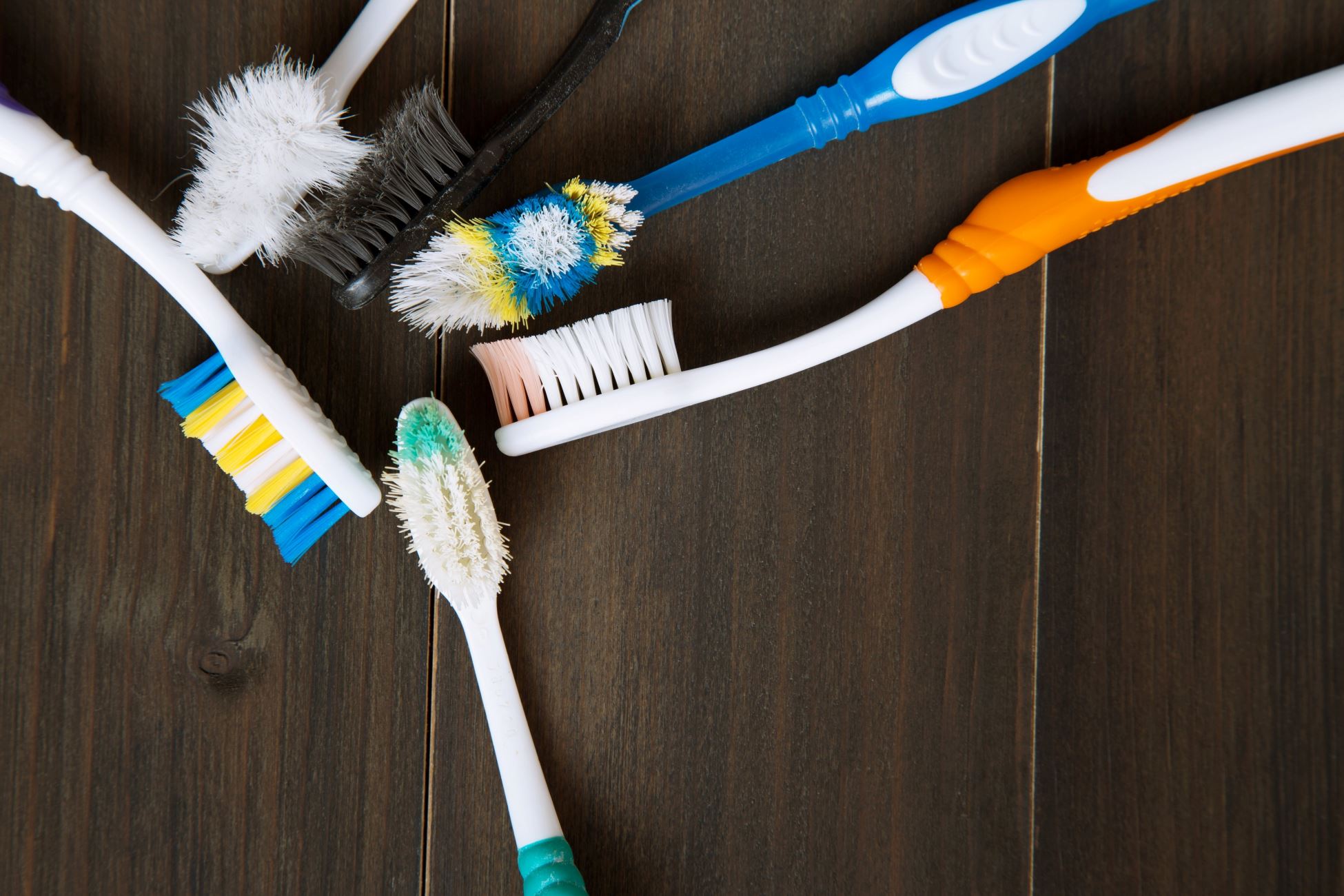

Bathroom Accessories
How Long Should You Use A Toothbrush
Modified: March 24, 2024
Discover the ideal toothbrush usage duration and other essential bathroom accessories for optimal oral hygiene. Learn more about maintaining a healthy dental routine.
(Many of the links in this article redirect to a specific reviewed product. Your purchase of these products through affiliate links helps to generate commission for Storables.com, at no extra cost. Learn more)
Introduction
The humble toothbrush is a daily essential, faithfully aiding us in maintaining oral hygiene. However, have you ever wondered how long you should use a toothbrush before replacing it? This seemingly simple question holds more significance than meets the eye. The lifespan of a toothbrush directly impacts its effectiveness in cleaning your teeth and gums, as well as your overall oral health. Understanding the optimal duration for using a toothbrush is crucial for maintaining a healthy mouth and preventing potential oral health issues.
As we delve into this topic, we will explore various factors that influence the longevity of a toothbrush, signs indicating that it's time for a replacement, and recommended schedules for switching to a new toothbrush. Additionally, we will uncover practical tips for prolonging the lifespan of your toothbrush, ensuring that you get the most out of this essential tool for maintaining a bright and healthy smile. So, let's embark on this enlightening journey to unravel the mysteries of toothbrush longevity and discover the best practices for maintaining optimal oral hygiene.
Key Takeaways:
- Replace your toothbrush every 3-4 months to maintain optimal oral hygiene. Look out for signs like frayed bristles, discoloration, and reduced firmness to know when it’s time for a new one.
- Extend your toothbrush’s lifespan by proper storage, regular cleaning, and gentle brushing. Avoid sharing, replace electric toothbrush heads every 3-4 months, and inspect for wear regularly.
Read more: How Long Should You Use A Bidet
Factors to Consider
When determining how long to use a toothbrush before replacing it, several crucial factors come into play. Understanding these factors is essential for making informed decisions about your oral hygiene routine. Here are the key considerations:
-
Bristle Condition: The condition of the bristles is a primary factor in determining the effectiveness of a toothbrush. Over time, bristles can become frayed, worn, or bent, diminishing their ability to thoroughly clean teeth and gums. It's important to regularly assess the condition of the bristles to ensure optimal cleaning performance.
-
Frequency of Use: The frequency with which you use your toothbrush directly impacts its lifespan. Individuals who brush their teeth more frequently may need to replace their toothbrushes more often than those who adhere to a standard brushing routine. Additionally, individuals who brush vigorously may experience faster wear and tear on their toothbrushes.
-
Type of Toothbrush: The type of toothbrush you use can also influence its longevity. For example, electric toothbrushes may have different replacement recommendations compared to traditional manual toothbrushes. Understanding the specific guidelines for your type of toothbrush is essential for maintaining optimal oral hygiene.
-
Oral Health Conditions: Certain oral health conditions, such as gum disease or sensitive gums, may necessitate more frequent toothbrush replacements. Individuals with specific oral health concerns should consult their dentist for personalized recommendations on toothbrush replacement frequency.
-
Environmental Factors: Environmental conditions, such as humidity and storage methods, can impact the lifespan of a toothbrush. Proper storage and care can help extend the usability of a toothbrush, while exposure to excessive moisture or unsanitary conditions can shorten its lifespan.
By considering these factors, you can make informed decisions about when to replace your toothbrush, ensuring that you maintain a high standard of oral hygiene and promote the overall health of your teeth and gums.
Signs of a Worn-Out Toothbrush
Recognizing the signs of a worn-out toothbrush is essential for maintaining optimal oral hygiene. By being attentive to these indicators, you can ensure that your toothbrush remains effective in cleaning your teeth and gums. Here are the key signs that signal it's time to bid farewell to your trusty toothbrush:
-
Frayed or Bent Bristles: One of the most evident signs of a worn-out toothbrush is frayed or bent bristles. Over time, the bristles of a toothbrush can become splayed or bent out of shape, diminishing their ability to effectively remove plaque and debris from the teeth and gums. When you notice the bristles losing their straight, uniform shape, it's a clear indication that your toothbrush is no longer providing optimal cleaning performance.
-
Discoloration of Bristles: Discoloration of the bristles, particularly at the base where they meet the toothbrush head, can indicate the accumulation of bacteria, debris, and food particles. This discoloration may be a result of inadequate cleaning or simply the natural buildup of oral bacteria over time. Regardless of the cause, discolored bristles serve as a visual cue that your toothbrush is due for replacement.
-
Reduced Bristle Firmness: As a toothbrush nears the end of its lifespan, the bristles may lose their original firmness and resilience. This can result in a less effective cleaning action, as softer bristles may not adequately remove plaque and food particles from the teeth and gum line. If you notice a significant reduction in bristle firmness, it's a clear indication that your toothbrush is no longer providing the level of cleaning efficacy needed for optimal oral hygiene.
-
Worn or Flattened Bristles: Over time, the constant friction and pressure applied during brushing can cause the bristles to wear down or become flattened. This wear and tear can compromise the toothbrush's ability to reach and clean hard-to-reach areas, potentially leaving plaque and debris behind. If you observe worn or flattened bristles, it's a strong indication that your toothbrush is no longer capable of delivering thorough cleaning results.
-
Lingering Odor: A persistent odor emanating from your toothbrush, even after thorough rinsing and cleaning, can be a sign of bacterial buildup within the bristles. This buildup can compromise the hygiene of the toothbrush and may contribute to oral health issues if not addressed promptly. If your toothbrush continues to emit an unpleasant odor despite regular cleaning, it's time to consider replacing it.
By remaining vigilant for these signs, you can ensure that your toothbrush consistently delivers the level of cleaning efficacy needed to maintain optimal oral health. Regularly assessing your toothbrush for these indicators will help you determine when it's time to make the switch to a new toothbrush, promoting a healthy and vibrant smile.
Replace your toothbrush every 3-4 months, or sooner if the bristles are frayed. This ensures effective cleaning and prevents bacteria buildup.
Recommended Replacement Schedule
The recommended replacement schedule for toothbrushes is a critical aspect of maintaining optimal oral hygiene. While there is no one-size-fits-all timeline for replacing toothbrushes, general guidelines can help individuals make informed decisions about when to switch to a new toothbrush.
Dental professionals typically advise replacing a toothbrush every three to four months. This timeframe aligns with the natural wear and tear that occurs as bristles gradually deteriorate with regular use. By adhering to this replacement schedule, individuals can ensure that their toothbrush consistently delivers effective cleaning performance, promoting healthy teeth and gums.
However, certain factors may warrant more frequent toothbrush replacements. For instance, individuals with compromised immune systems or specific oral health conditions may benefit from replacing their toothbrushes more frequently to minimize the risk of bacterial contamination. Additionally, individuals recovering from illnesses, particularly those affecting the mouth or throat, should consider replacing their toothbrushes to prevent the potential spread of germs and bacteria.
Furthermore, it's essential to monitor the condition of the toothbrush regularly and replace it promptly if signs of wear and tear manifest before the standard three to four-month timeframe. By staying attentive to the condition of the bristles, firmness, and overall cleanliness of the toothbrush, individuals can proactively address any deterioration that may compromise its cleaning efficacy.
Electric toothbrush heads also follow a similar replacement schedule, typically recommended to be changed every three to four months. These guidelines ensure that the rotating or oscillating components of electric toothbrushes maintain optimal functionality, contributing to thorough plaque removal and gum stimulation.
In summary, the recommended replacement schedule for toothbrushes serves as a proactive measure to uphold oral hygiene and prevent potential oral health issues. By adhering to general replacement timelines and staying attuned to individual oral health needs, individuals can maintain a consistent standard of oral hygiene, promoting healthy smiles and overall well-being.
Tips for Extending Toothbrush Lifespan
Maintaining a clean and effective toothbrush is essential for promoting optimal oral hygiene. By implementing simple yet effective strategies, you can extend the lifespan of your toothbrush, ensuring that it continues to provide thorough cleaning and contributes to your overall oral health. Here are practical tips for prolonging the lifespan of your toothbrush:
-
Proper Storage: Store your toothbrush in an upright position to allow for proper air circulation and drying between uses. Avoid covering the toothbrush head with a cap or any enclosed container, as this can create a moist environment conducive to bacterial growth. Additionally, ensure that the toothbrush is kept at a distance from other toothbrushes to prevent cross-contamination.
-
Rinsing After Use: Thoroughly rinse your toothbrush with tap water after each use to remove any remaining toothpaste, food particles, and saliva. Gently shaking the toothbrush can help dislodge excess water and promote faster drying. By keeping the toothbrush clean and free of debris, you can maintain its effectiveness and hygiene.
-
Regular Cleaning: Periodically clean your toothbrush to remove accumulated residue and bacteria. You can accomplish this by soaking the toothbrush head in antibacterial mouthwash or a solution of water and hydrogen peroxide for a few minutes. After soaking, thoroughly rinse the toothbrush to remove any residual solution.
-
Avoiding Sharing: Refrain from sharing your toothbrush with others, as this can introduce foreign bacteria and germs to the bristles. Each individual should use their own designated toothbrush to minimize the risk of cross-contamination and maintain oral hygiene.
-
Replacing Toothbrush Heads: If you use an electric toothbrush, follow the manufacturer's guidelines for replacing the brush heads. Typically, electric toothbrush heads should be replaced every three to four months to ensure optimal cleaning performance.
-
Gentle Brushing Technique: Employ a gentle brushing technique to minimize wear and tear on the bristles. Vigorous brushing can accelerate bristle deterioration and compromise the toothbrush's effectiveness. Using gentle, circular motions when brushing can effectively clean teeth while preserving the integrity of the bristles.
-
Routine Inspection: Regularly inspect your toothbrush for signs of wear, including frayed bristles, discoloration, or reduced firmness. If any of these indicators are present, consider replacing the toothbrush promptly to maintain optimal cleaning efficacy.
By incorporating these tips into your oral hygiene routine, you can prolong the lifespan of your toothbrush and ensure that it continues to contribute to your overall oral health. With proper care and attention, your toothbrush can remain a reliable tool for maintaining a bright and healthy smile.
Read more: How Long Should You Use A Baby Monitor
Conclusion
In conclusion, the longevity of a toothbrush plays a pivotal role in maintaining optimal oral hygiene and promoting overall oral health. By considering factors such as bristle condition, frequency of use, type of toothbrush, oral health conditions, and environmental factors, individuals can make informed decisions about when to replace their toothbrushes. Recognizing the signs of a worn-out toothbrush, such as frayed or bent bristles, discoloration, reduced firmness, worn or flattened bristles, and lingering odor, serves as a proactive approach to ensuring effective cleaning performance.
Adhering to the recommended replacement schedule, typically every three to four months, is a fundamental step in upholding oral hygiene standards. This timeline aligns with the natural wear and tear that occurs with regular use, ensuring that the toothbrush consistently delivers optimal cleaning efficacy. Additionally, individuals with specific oral health considerations or recovering from illnesses should be attentive to their unique replacement needs, potentially requiring more frequent toothbrush replacements to minimize the risk of bacterial contamination.
Implementing practical tips for extending the lifespan of a toothbrush, including proper storage, regular cleaning, and gentle brushing techniques, can significantly contribute to maintaining the effectiveness and hygiene of the toothbrush. By incorporating these strategies into daily oral care routines, individuals can maximize the longevity of their toothbrushes and promote a healthy oral environment.
Ultimately, the significance of understanding the lifespan of a toothbrush lies in its direct impact on oral health. A well-maintained toothbrush not only aids in plaque removal and gum stimulation but also contributes to preventing potential oral health issues. By embracing a proactive approach to toothbrush maintenance and replacement, individuals can safeguard their oral health, maintain healthy smiles, and enjoy the benefits of a reliable and effective oral hygiene tool.
In essence, the journey to unraveling the mysteries of toothbrush longevity has shed light on the essential role of this everyday tool in preserving oral health. By staying attuned to the condition of their toothbrushes and implementing recommended practices, individuals can ensure that their oral hygiene routines remain effective, contributing to bright smiles and overall well-being.
Frequently Asked Questions about How Long Should You Use A Toothbrush
Was this page helpful?
At Storables.com, we guarantee accurate and reliable information. Our content, validated by Expert Board Contributors, is crafted following stringent Editorial Policies. We're committed to providing you with well-researched, expert-backed insights for all your informational needs.
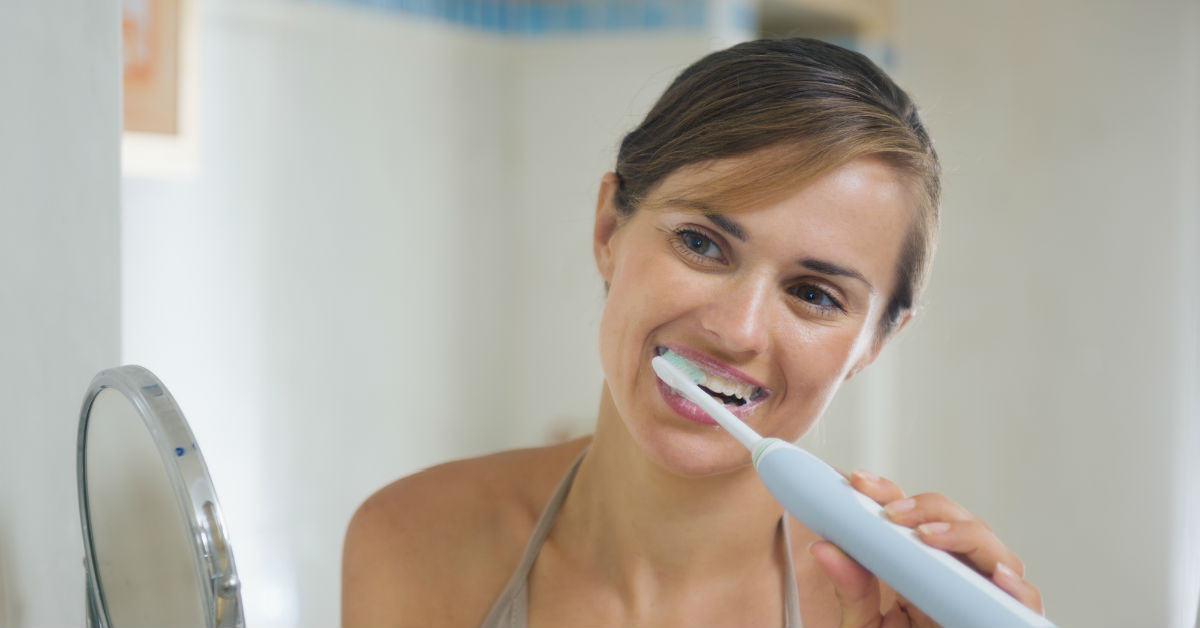
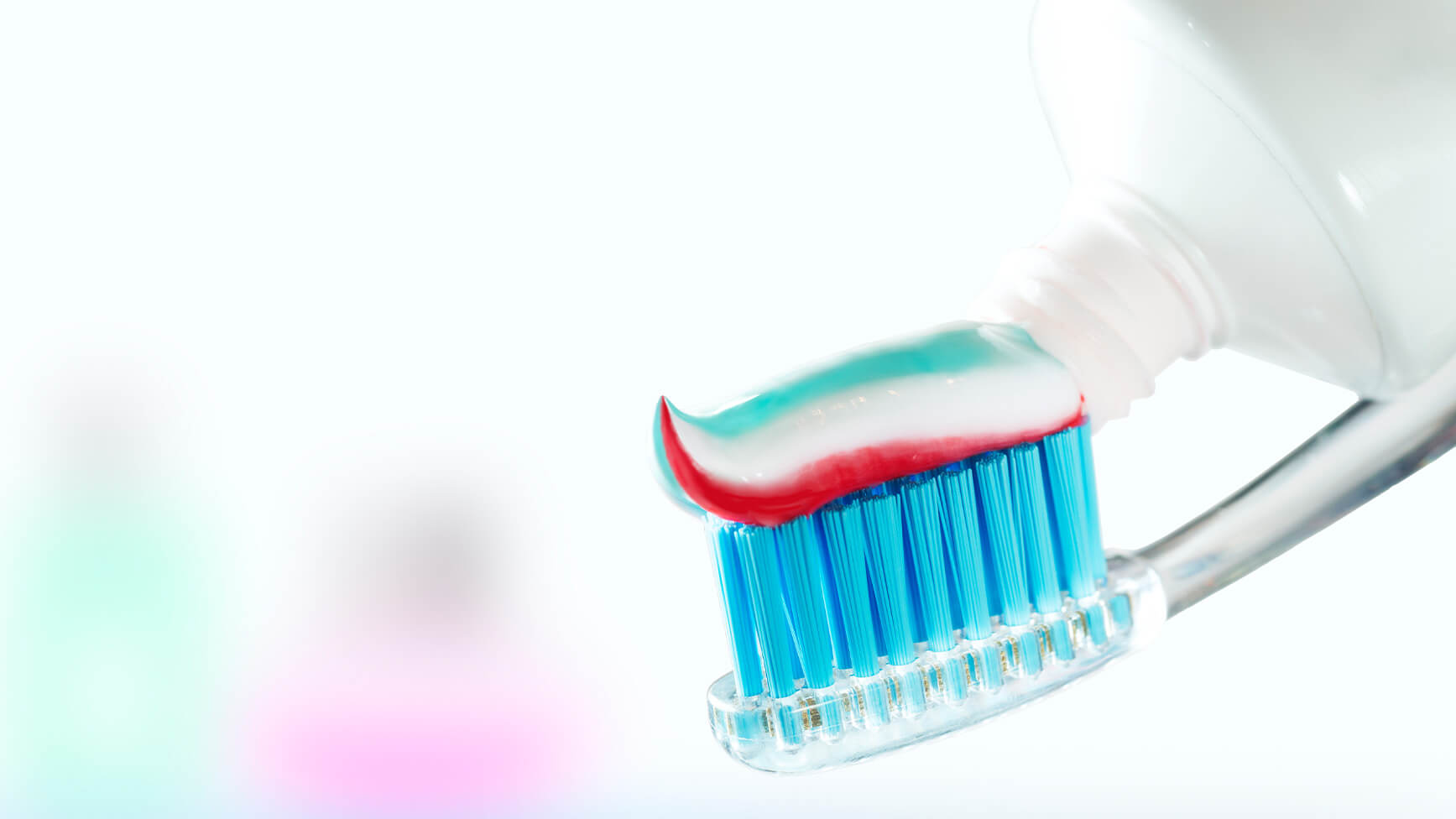
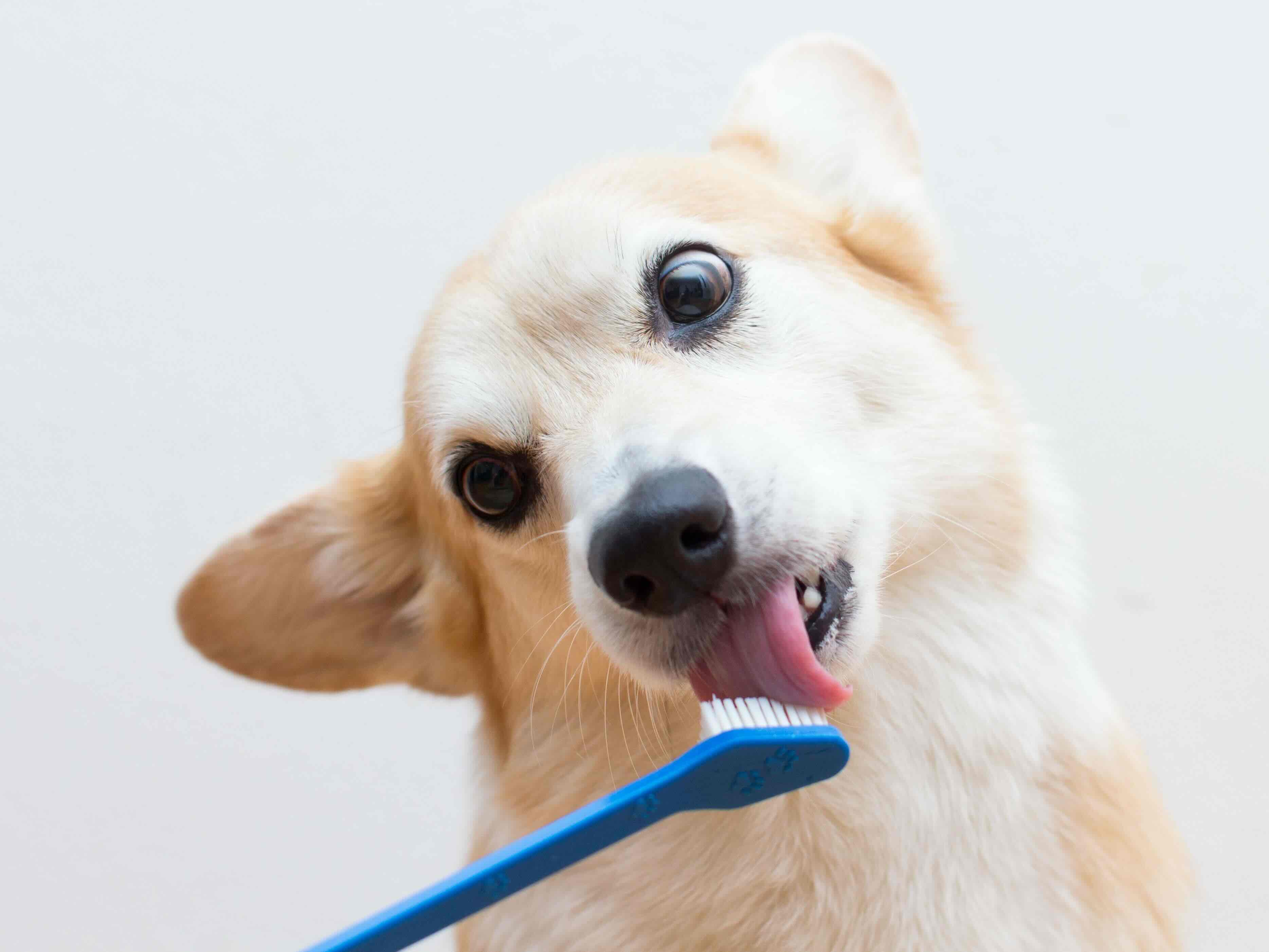
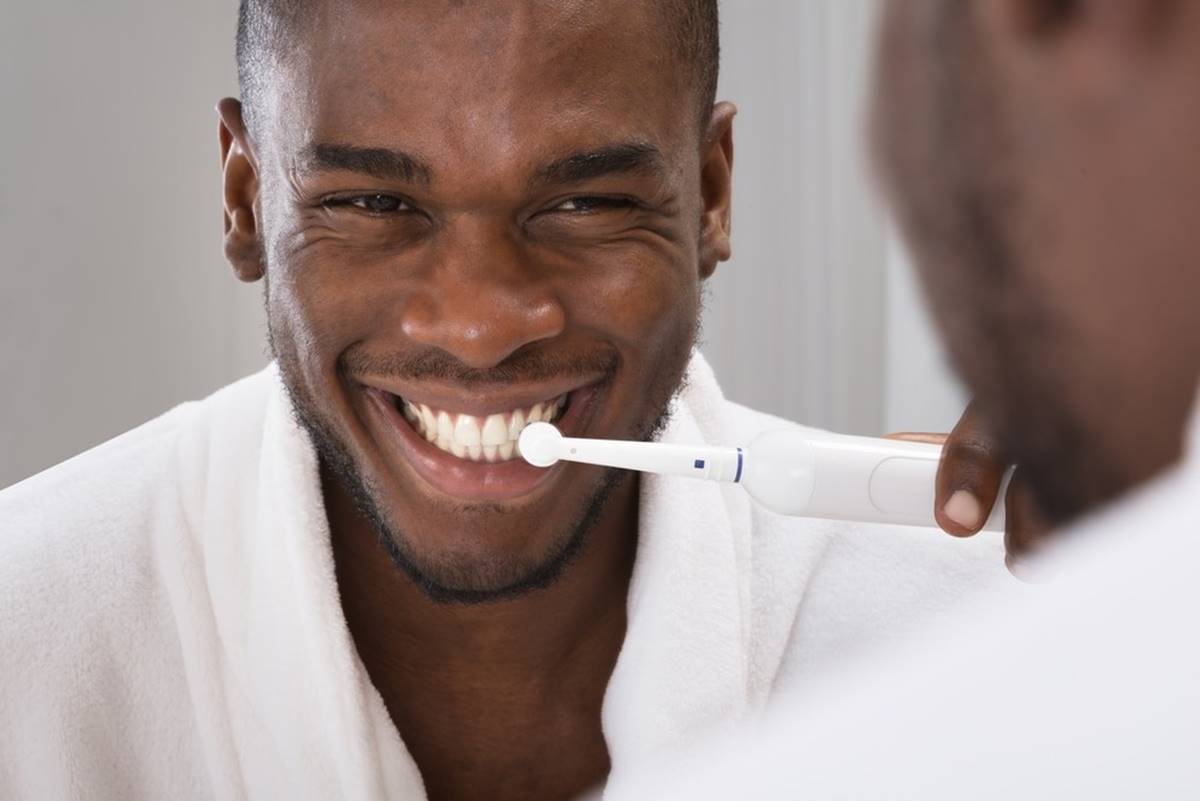

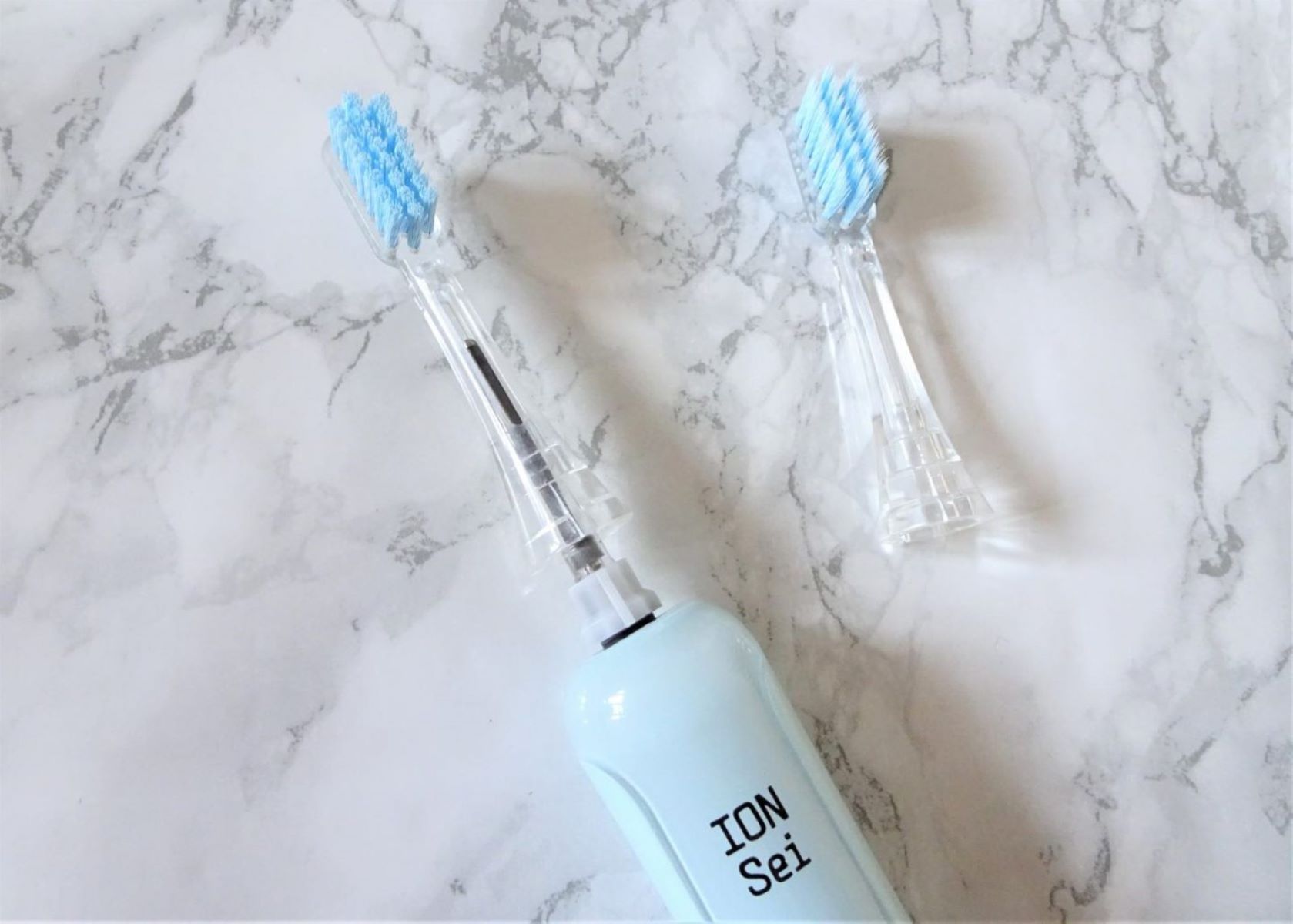
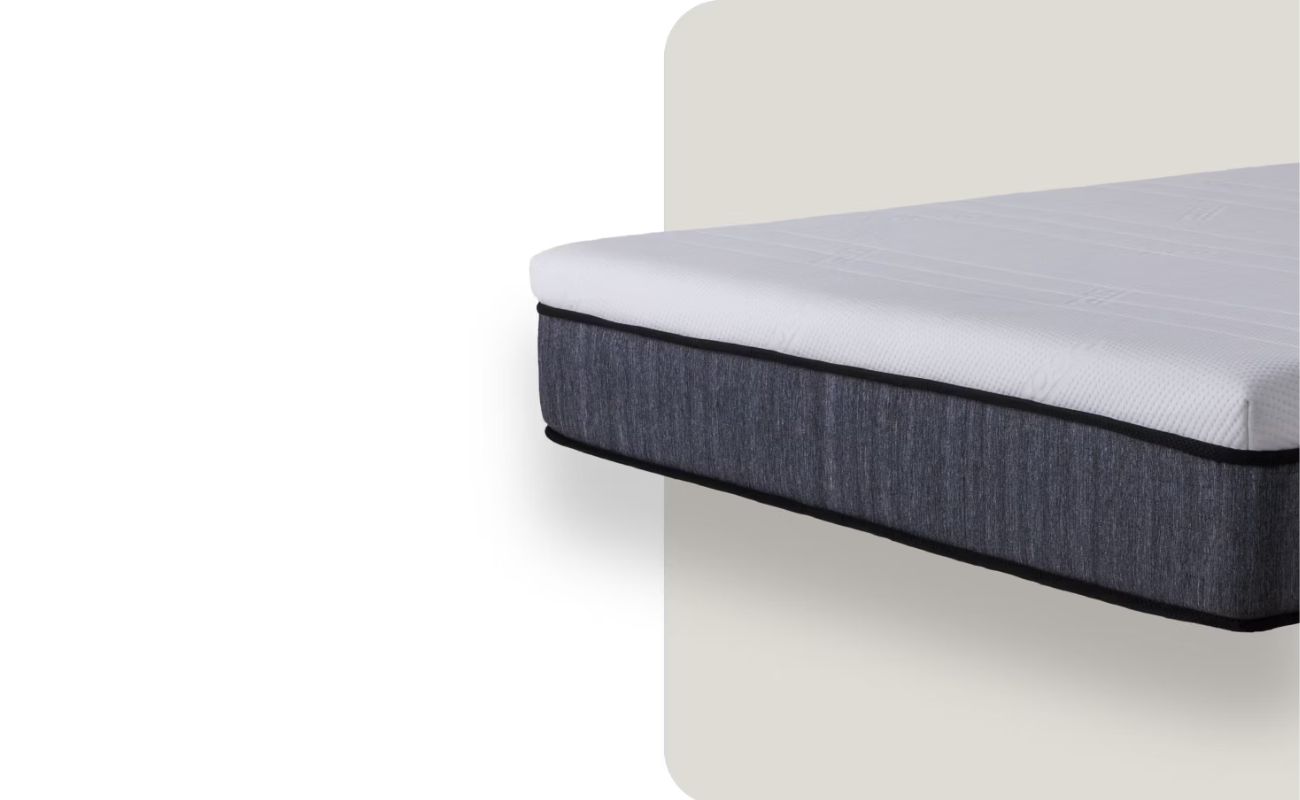

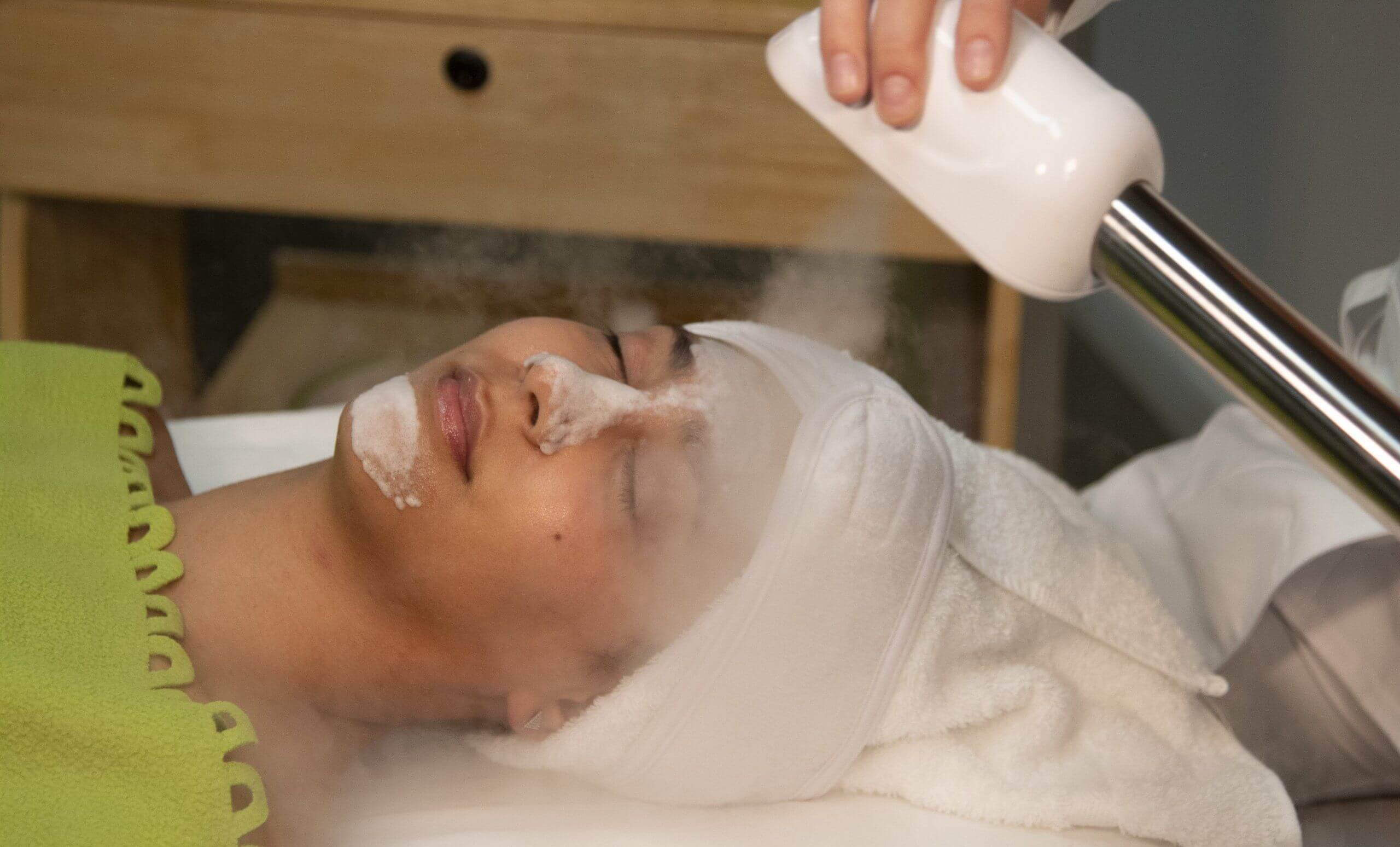
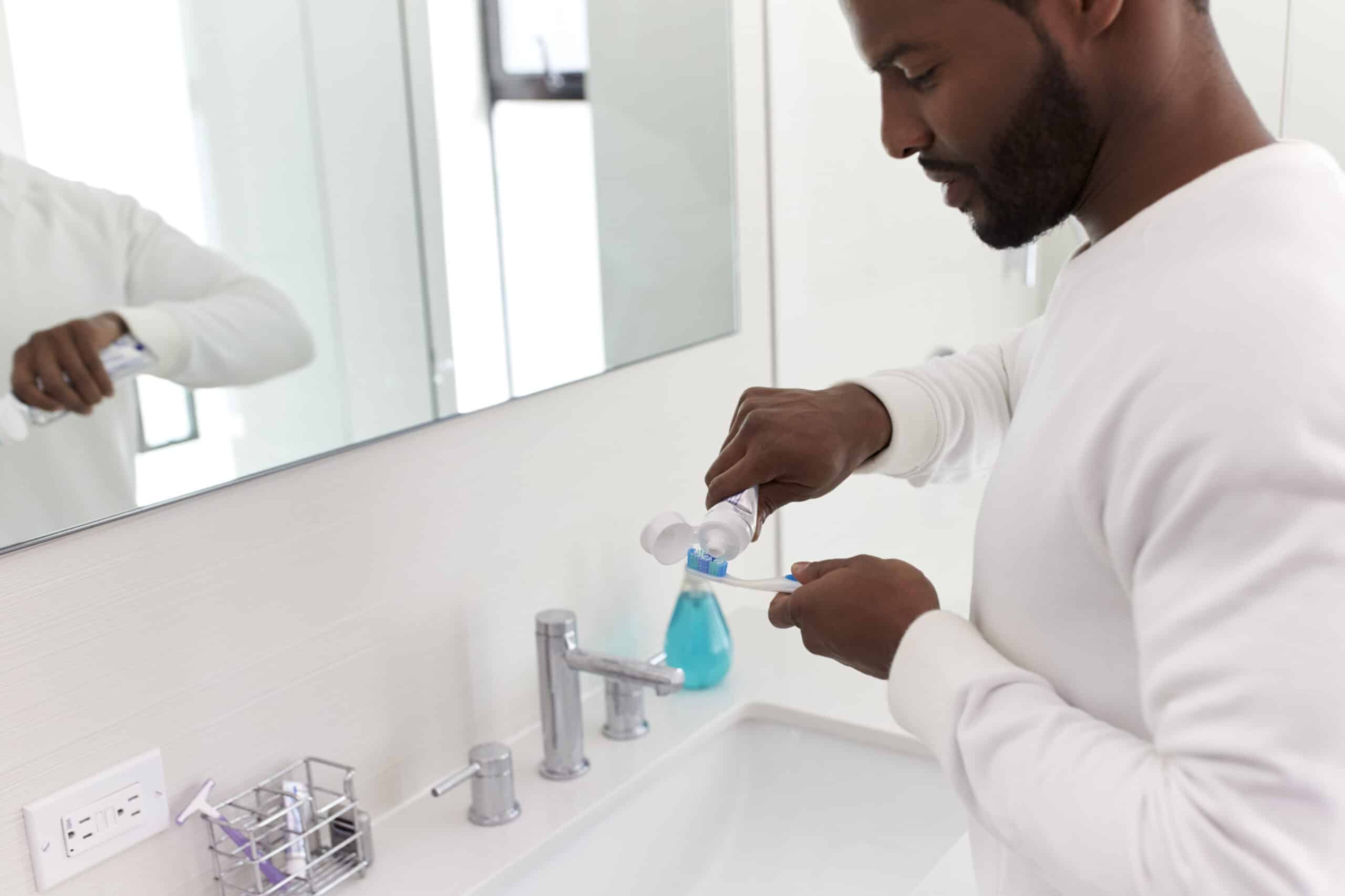
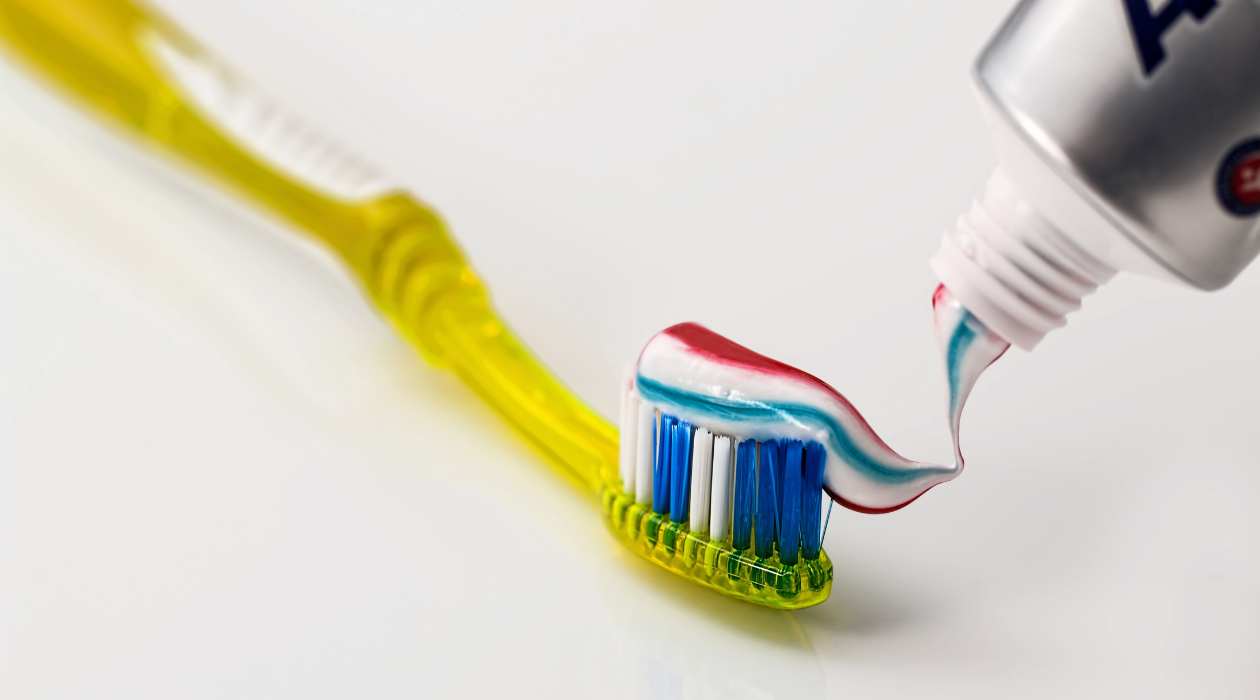
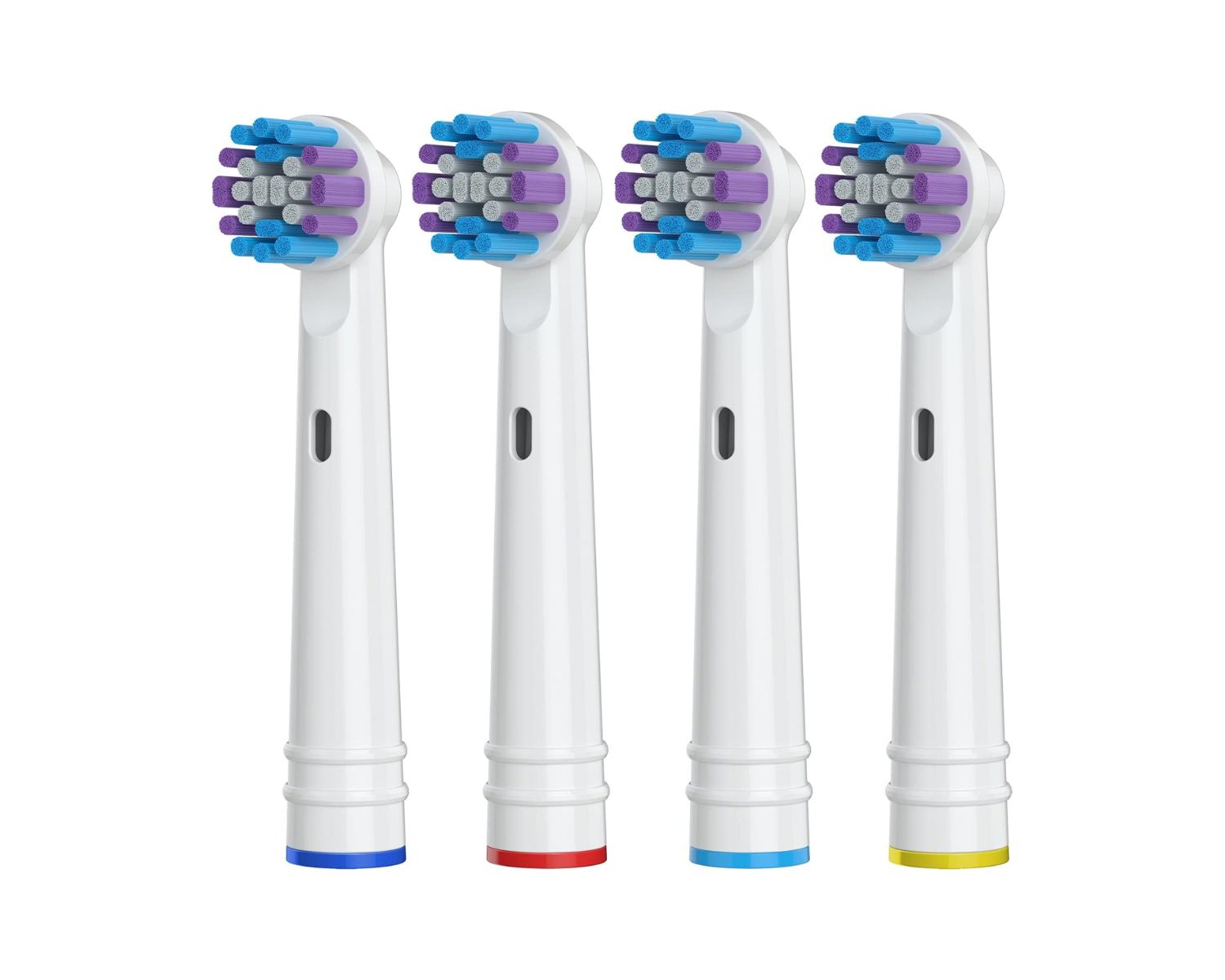

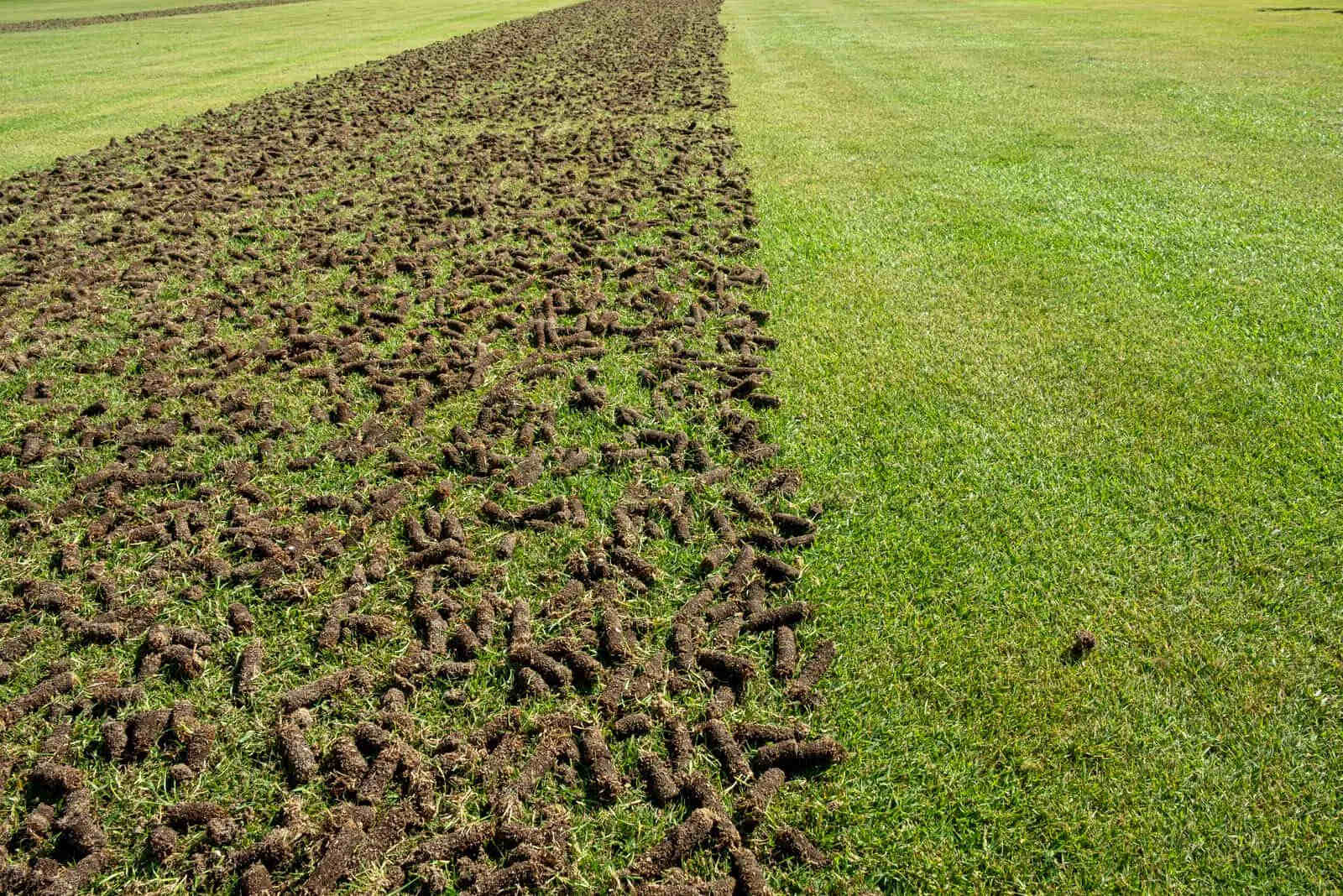

0 thoughts on “How Long Should You Use A Toothbrush”